IDs through the ages: How people have proven their identity over time
Published in Slideshow World
Subscribe
IDs through the ages: How people have proven their identity over time
With over 8 billion people spread across the Earth's nearly 25 million square miles of habitable land, proving one's identity has become more complex than it was with smaller populations thousands of years ago. Whereas ancient Greeks could just pair their name with that of their father to confirm who they were, modern-day home sapiens need more details to find the right John Smith.
Ever since humans evolved to build geographically diffuse social networks around 130,000 years ago, the need to identify oneself and those around them has been critical. On a basic level, identification explains familial connections and preserves ancestry. In interactions with others, it builds relationships, trust, and understanding.
From a legal standpoint, identity confirmation is required for social rituals like marriage as well as for secure financial transactions like opening a bank account, selling property, or validating the recipient of an inheritance. Over the centuries, identification also began to signify belonging in a certain geographic area by establishing citizenship.
The methods used to confirm identity have changed dramatically over time. Increasingly complex government systems, social structures, and technological growth have both aided and complicated the process of verifying identity. Simple tracking based on name and appearance in the ancient world was left behind with the advent of government-issued IDs and technology like biometric scanning.
New processes continue to emerge each year as authorities worldwide seek more secure forms of identification and technology advances to meet these needs. For instance, May 7, 2025 marks the deadline for U.S. residents to obtain their Real ID. This new form of identification meets minimum security standards recommended by the 9/11 Commission and will be a requirement to fly commercially, as well as to access federal facilities and nuclear power plants.
Spokeo looked at the history of identification and its evolution throughout the centuries, from seals to biometrics. Keep reading for a deep dive into how people have identified themselves over time, including how technology continues to shape the ways we prove who we are—for better and for worse.
Visit thestacker.com for similar lists and stories.
In the beginning, identification was simple
Before the world's population grew to such large numbers, the need for identification was more local and regional, allowing individuals to prove their identity through straightforward measures like name and appearance.
Around 2,500 years ago, ancient Greeks paired their name with their father's—a naming convention that influenced the first name-last name structure still used today. Ancient Egyptians used a similar approach and when needed, a third generation's name or a description of the individual's appearance was added. These distinctions provided clarity on important documents like property declarations, sales contracts, and even a will drafted on papyrus in 242 B.C.E., which reads: "He was 65 years old, of middle height, square built, dim-sighted, with a scar on the left part of the temple and on the right side of the jaw and also below the cheek and above the upper lip."
Tattooing has been used for thousands of years, not to identify individuals, but to indicate belonging to a particular group. Certain styles of facial and body markings were adopted by pre-Columbian cultures in Peru and Chile, as well as Indigenous American tribes like the Cree and Polynesian cultures. Ancient peoples like the Scythians—warriors who lived in areas spanning from Siberia to Central Asia—and the Thracians—who lived across Russia, Serbia, and Turkey—altered their appearance with tattoos to indicate rank and nobility. People have also used jewelry in a similar fashion throughout history, with different adornments indicating social status, group membership, and age in various cultures.
Some groups have used tattooing as a coercive measure. In ancient Greece and Rome, and even within the last few centuries in the United States, permanent brands were used to mark enslaved people. Even closer in history, individuals imprisoned in concentration camps in Nazi Germany had numbers tattooed on their bodies.
The evolution of official written identification
Adding official seals to important documents was one of the first steps beyond using just names to verify identity. Dating back to ancient Mesopotamia, cylinder seals were rolled across clay tablets as a signature for official contracts or receipts of sale. These seals were personalized to support the identity of each owner. During the Old Babylonian period (2000-1600 B.C.E.), seals typically contained the individual's name and their father's name, along with the name of the god the person worshiped. An example found on an envelope from the city of Ur reads: "Waqrum/son of Shamash-naṣir/servant of Nimintabba."
This practice continued for thousands of years around the world. Similar seals were used in ancient Egypt even earlier, beginning around 3600 B.C.E., and Chinese emperors used jade or bronze seals during the Qin and Han dynasties. Wax seals were later popularized by English kings during the 11th century and were required on legal documents throughout the U.S. colonial period.
A great leap forward occurred when these personalized means of identity verification gave way to government-issued documents. In modern times, birth certificates are one of the most common ways to prove identity. The United Kingdom became the first country to document all births nationwide in 1853, although similar data was found in the country's church records dating back to the 1500s. Similarly, U.S. states like Massachusetts and Virginia collected birth data beginning in the 1600s, but the process was not adopted across the country until 1902.
The advent of photo and government-issued ID cards
Dating back to 15th-century China, calling cards—small pieces of paper with one's name and perhaps address or a decorative design—were used to identify oneself during social visits and events. Their popularity spread through France and England, becoming a critical part of society for middle- and upper-class Europeans and Americans by the 1800s. The French took these cards one step further in the mid-1800s by replacing the text with a photograph to create cartes de visite.
These calling cards were an informal version of portable identification, later made official by governments around the world. Beginning in 1803, Napoleon aimed to streamline the bureaucracy by establishing a system of IDs for French workers. His actions inspired others, including the Ottoman Empire's Sultan Mahmud II, who rolled out a similar system of national identification cards in 1844.
However, the proliferation of national IDs didn't take hold for many countries until the World War II era. Between 1938 and 1940, countries like the United Kingdom, Greece, and Poland mandated identity cards for all residents. Germany did as well, however, with more nefarious intentions—their IDs denoted the cardholder's religion in addition to basic identifying information. Following the war, Asian governments like Hong Kong and Taiwan jumped aboard the trend to help strengthen their authority.
Other countries developed numeric systems to identify their citizens. In 1849, the Netherlands used census data to begin developing its personal number system. Nearly 100 years later, Israel did the same following the establishment of the State of Israel in 1948. Canada and the U.S. both developed unique 9-digit numbers—the Social Insurance Number and Social Security Number, respectively—to identify individuals in connection with taxes and government benefits. Established in 1936, the SSN has grown far beyond its intended purpose, becoming a "universal identifier" across government agencies and financial institutions.
Portable identification goes global
Passports are a commonplace necessity in the 21st century for those who want to jet to Paris for a week of Champagne tasting or check visiting the Great Pyramid of Giza off their bucket list. However, some form of global identity verification has existed for centuries.
Perhaps the first semblance of a passport was the "sauf conduit," a written permission slip of sorts from the ruler of one kingdom to another, allowing safe passage through the land. This is seen as far back as 450 B.C.E. in the Bible's book of Nehemiah, where King Artaxerxes allows a prophet to safely travel through Persia.
In 1789, the Department of State began issuing passports for Americans traveling outside the country, although they were not required—aside from periods during the Civil War and World War I—until 1941. In 1920, the League of Nations made the first step toward creating globally enforceable standards for passports. The timing made sense, considering the recent end of World War I and the League's commitment to maintaining peace.
While passports provided a new means of delineating national identity and citizenship worldwide, critics claimed they heavily favored the privileged. As Atossa Araxia Abrahamian notes in her 2015 book "The Cosmopolites: The Coming of the Global Citizen," "A passport is a kind of shield: when you're a citizen of a wealthy democracy." Through the early 20th century, the passport process also favored men, as married women were tied to their husbands' passports and, therefore, unable to travel alone.
Biological identifiers create new forms of ID
Long before digital technology, fingerprints impressed on clay tablets were used to seal the deal in Babylonian business negotiations. Chinese citizens during the T'ang dynasty (618-907 C.E.) inked their prints on paper for identification.
The first modern use of fingerprinting in an official capacity wasn't until 1858 by Sir William Herschel, a chief magistrate in India. What began as a way to reduce fraud by asking a local businessman to leave his handprint on the back of a contract—as Herschel put it, "to frighten [him] out of all thought of repudiating his signature"—evolved into the revelation that each human has a unique design to their prints.
Eugenicist Sir Francis Galton's 1892 book "Finger Prints" advanced the science, laying out a classification system based on his analysis of over 8,000 prints. A couple of decades later, Chicago police obtained the first U.S. criminal conviction based on fingerprinting in 1910.
Fingerprints were just the first step in using biological characteristics to recognize and confirm identity, a discipline called biometrics. Whereas other forms of identification—like driver's licenses or birth certificates—may be subject to manipulation or misuse, biometric technology makes this type more difficult.
In the business world, Apple revolutionized cell phone security in 2013 with the introduction of Touch ID—digital fingerprinting technology used to unlock iPhones. The company then one-upped itself in 2017 when it added the facial recognition feature known as Face ID to the new iPhone X. However, Apple wasn't the first to incorporate biometric scanning into cell phones. Nearly a decade earlier, in 2004, a South Korean company introduced the Pantech GI100, the world's first mobile phone with a fingerprint sensor.
Biometrics are also used worldwide in a more serious capacity. Indonesia began incorporating data from iris patterns and fingerprints into their ID systems. Interpol, the International Criminal Police Organization, developed a groundbreaking facial recognition system in 2016. Data from most of their 196 member countries is compiled to not only identify criminals but also to help find missing persons.
The digital revolution continues
In a world that is increasingly geographically dispersed and internet-oriented, digital identification systems are quickly replacing hard copies. These digital IDs are easily accessible on personal devices like cell phones and stored in digital wallets that are encrypted for security.
Governments all around the world are launching their own digital ID systems. Singapore's Singpass allows citizens to access over 2,700 services from more than 800 government entities with the aim of making this a one-stop shop for every identity document. India's mAadhaar app takes the country's old 12-digit ID numbers digital, allowing portable proof of identity, address, and more. Canada is also working to build a GC Sign in platform to provide identity verification for Government of Canada services through one simple portal.
As of January 2025, 14 U.S. states offer mobile driver's licenses, which the Transportation Security Administration accepts at airports nationwide. Individual states are also developing their own identity verification apps. The California Department of Technology is rolling out the Digital ID Framework for centralized access to state programs and benefits. Arizona has the Smart ID Verifier App, which confirms the owner is old enough to purchase alcohol, for example, without revealing details like their exact age or home address. Director of Arizona's Motor Vehicle Division Eric Jorgensen told the publication Government Technology, "At the end of the day, I think it makes for a better experience. It maintains the privacy that people expect."
Government programs are not the only ones seeking better tools for identity verification in the digital space. Online businesses and social media apps are also looking to provide a safe experience for their customers by preventing fraud. The market for identity verification is a booming business. The global technology research and advisory company Technavio expects it to grow by nearly $17 billion between 2024 and 2028.
With technology and innovation come new challenges
Progress is never without its challenges—and when it comes to identity verification, many modern-day concerns are related to privacy and the control of information. Take voter identification requirements, for example. While driver's licenses are helpful for identifying oneself in many situations, nine U.S. states now strictly require photo IDs in order to vote. This stipulation may disproportionately affect Black and Indigenous American citizens, older populations, and younger students by creating barriers to accessing the polls.
Raising similar concerns, in March 2025, the Social Security Administration announced policy changes around the verification of Social Security benefits. Many Americans who are currently allowed to verify their benefits by phone are likely to face hardship if required to confirm their identity in person or online. Such situations raise the question of how to confirm identity in the modern day without infringing upon individual rights.
As information identification becomes increasingly digitized, there are also questions about who should have access to privileged information. In early 2025, the Department of Government Efficiency generated widespread concern by seeking access to personal data in the U.S. Social Security systems—actions that federal judges temporarily blocked due to the sensitivity of the information in question.
The ongoing development of biometric technology also may present important privacy risks. In May 2023, the Federal Trade Commission issued a warning that "using biometric information technologies to identify consumers in certain locations could reveal sensitive personal information about them, such as whether they accessed particular types of healthcare, attended religious services, or attended political or union meetings." The FTC further cautions that groups seeking to misuse the information could compromise databases of these identifying details.
For thousands of years, societies worldwide have come up with unique ways to prove someone is who they say they are. These systems have evolved from documenting names with a seal to photo IDs and passports. Advancements in technology then ushered in more secure forms of ID like fingerprinting and digital identification systems. Despite modern challenges like those discussed here, methods of identity verification have and will continue to evolve. Who knows what new forms of ID will be used 100 years from now?
Story editing by Carren Jao. Copy editing by Kristen Wegrzyn. Photo selection by Lacy Kerrick.
This story was produced bySpokeoand reviewed and distributed byStacker.
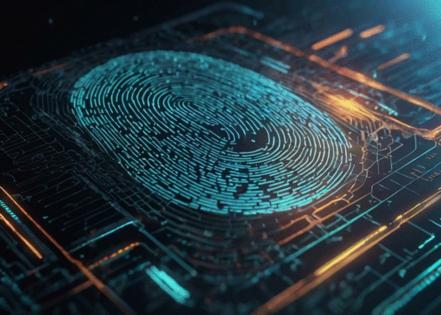
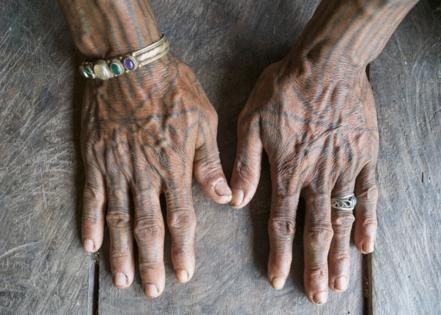
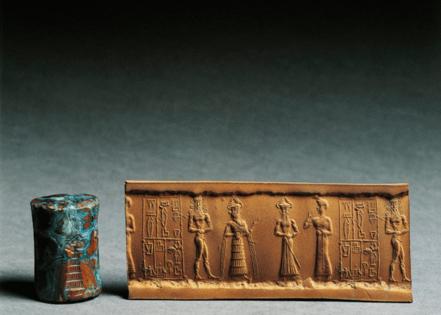
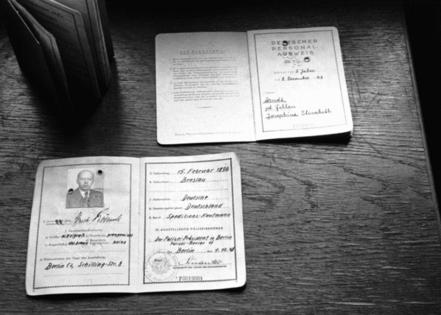
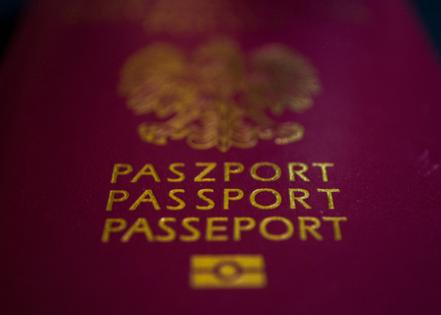
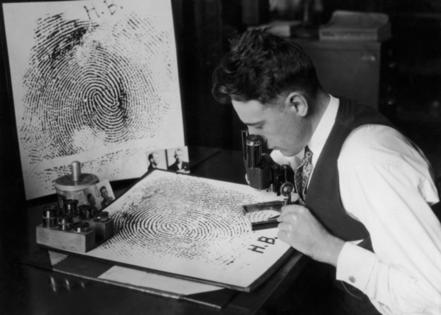
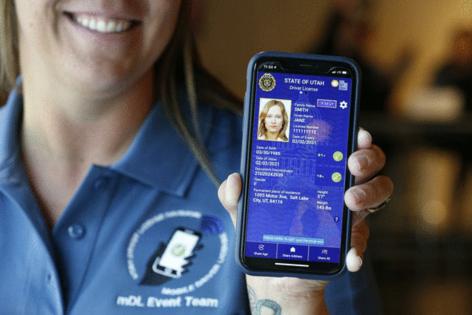
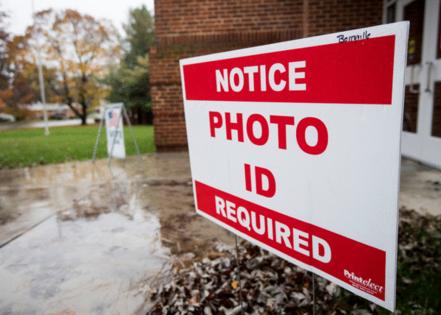



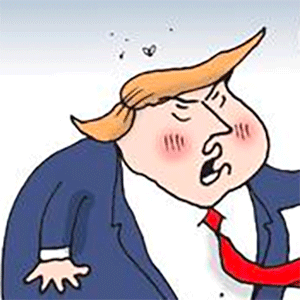
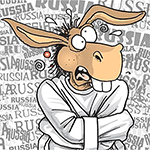

Comments